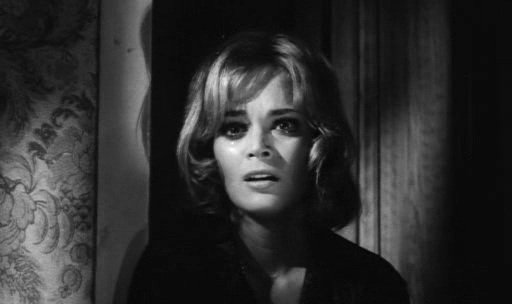The girl who knew too much – Mario Bava, 1963
The girl who knew too much (“La ragazza che sapeva troppo”) Italy, 1963 Director: Mario Bava Script: Mario Bava, Ennio de Concini, Enzo Corbucci, Eliana De Sabata, Mino Guerrini Cast: John Saxon (Dr. Marcello Bassi), Leticia Román (Nora), Valentina Cortese (Laura Craven-Torrani), Titti Tomaino (Inspector) Music: Roberto Nicolosi Story The …

